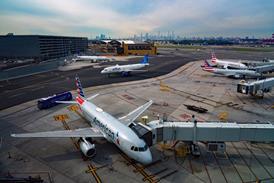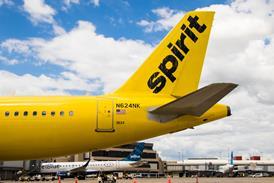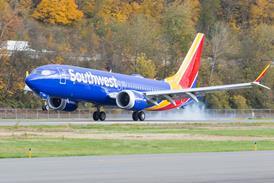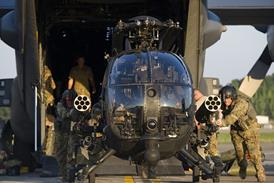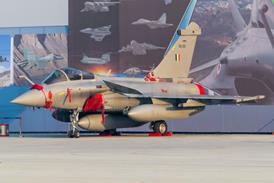Following a year in which it averaged more than 30 Airbus jets out of service for Pratt & Whitney (P&W) engine removals, Mexican low-cost carrier Volaris does not foresee its fleet availability issues being resolved any time soon.
During the Mexico City-based company’s year-end earnings call on 24 February, chief executive Enrique Beltranena said that Volaris is “proactively managing schedules to ensure that the engine inspections and overhauls are carefully planned” through at least 2027.
Volaris has been among the global airlines most affected by P&W’s broadly disruptive geared turbofan (GTF) engine recall to inspect for potential turbofan blade defects. Latest-generation Airbus A320neo-family and A220 jets, as well as Embraer E190-E2s, are powered by GTF engines.
About a third of those jets remain grounded worldwide, with the number of out-of-service aircraft inching up in recent months.
The inspection and overhaul processes take months. US carrier JetBlue Airways recently disclosed that its GTF engines that require removal are spending about a year off-wing before returning to service.
Volaris currently has 34 A320neos and A321neos in storage, according to aviation analytics company Cirium. Almost all of those jets are likely grounded for GTF inspections.
The company itself expects to continue averaging more than 30 jets on the ground in coming months.
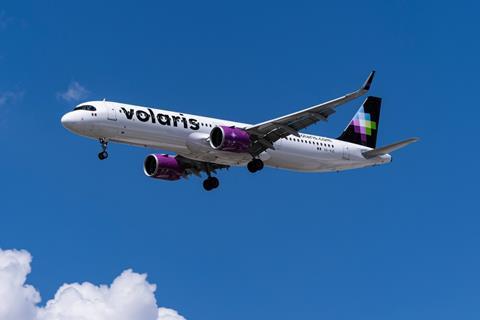
Volaris has had a compensation agreement with P&W in place since December 2023, covering each engine that requires time off-wing for inspections and potential repairs. That deal covers most of Volaris’ fixed costs but does not cover “any” lost revenue as a result of Volaris’ out-of-service aircraft, Beltranena notes.
Airbus aircraft groundings largely defined Volaris’ year of operations. Largely as a result of the groundings, Volaris’ year-on-year passenger capacity as measured in available seat kilometres (ASKs) was down 13% for the full year of 2024.
During the same time last year, Volaris was grappling with P&W inspections “affecting more than half our fleet engines”, Beltranena says.
“At that point, we had already secured 1.9 million future bookings, yet we faced a more than 30% reduction in our productive fleet,” he says.
“The sudden loss of engines presented us with a critical challenge – how to reshape the company, increase profitability, protect our customers and uphold our commitment to schedule integrity,” Beltranena says.
Volaris has since focused on “narrowing the gap in our capacity reduction” by leasing additional aircraft, extending aircraft leases, purchasing spare engines and boosting utilisation of its fleet. And the discounter has not looked to other operators to provide additional lift.
“We… made a clear and deliberate decision to operate our schedule exclusively with our pilots and fleet, ensuring the highest safety standards,” Beltranena says. “Unlike others, we did not rely on foreign crews or non-Volaris-maintained aircraft, guaranteeing operational reliability while taking a disciplined approach to capacity.”
Amid the engine inspections, Volaris reports being profitable in all four quarters of last year, and a full-year profit of $126 million. That compares with an $8 million prior-year profit.
In the fourth quarter, Volaris’ year-on-year ASKs declined by 5%. Revenue also decreased compared with the prior-year period, down 7% to $835 million.
Volaris has a brighter outlook for the full year ahead, forecasting capacity growth of 13% over 2024.


